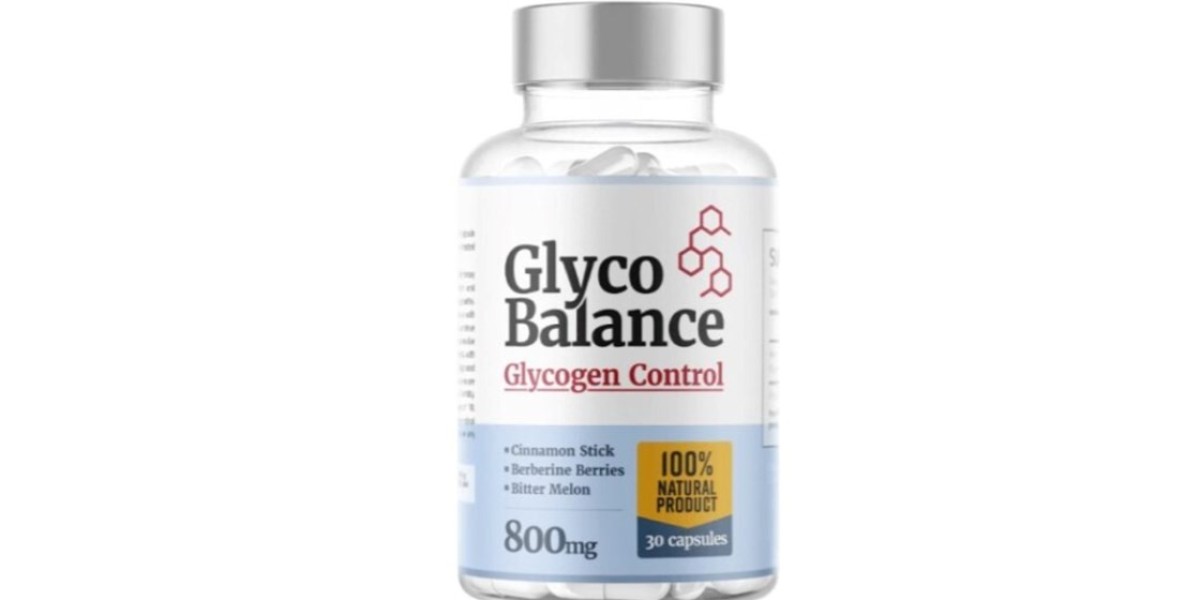Water Treatment Chemicals Industry Overview
The global water treatment chemicals market specifically for geothermal power was valued at approximately USD 8.84 million in 2023 and is anticipated to grow at a compound annual growth rate (CAGR) of 3.5% from 2024 to 2030. This market expansion is largely driven by the increasing global demand for clean, renewable energy sources. The International Renewable Energy Agency (IRENA) reported that global geothermal electricity capacity rose from 13,196 MW in 2018 to 14,846 MW by 2023. This upward trend emphasizes the rising adoption of geothermal energy as part of the shift toward sustainable energy solutions.
The growing use of scale control agents is also contributing significantly to the market’s growth, as these agents are essential in enhancing the operational efficiency of power generation in geothermal plants. Geothermal power plants are considered environmentally friendly since they produce electricity without burning fuel, releasing 97% fewer sulfur compounds and 99% less carbon dioxide compared to fossil fuel-based plants of similar size. However, geothermal power production involves the use of water that is often saline and contains impurities, requiring thorough filtration before reaching the heat exchanger. Without adequate treatment, the mineral-laden brine can lead to scaling, which hinders performance and can cause costly damage. Water treatment chemicals play a vital role in preventing salts and metals in discharged water from contaminating rivers and lakes, thus protecting surrounding ecosystems.
In geothermal power plants, the water requires treatment due to its rich content of scaling and corrosion-promoting substances, including silica, calcium, potassium, sulfate, hydrogen sulfate, fluoride, magnesium, and chloride. Additionally, geothermal water can contain gases such as carbon dioxide and nitrogen, with traces of ammonia, boron, mercury, and radon. If left untreated, these minerals can cause scaling, which leads to blockages and disrupts power generation. Therefore, geothermal water treatment chemicals are essential to protect these plants from buildup that could interfere with the reliability and continuity of power production.
The range of chemicals used for treating geothermal water includes polyphosphates, azoles, phosphonates, polymaleic acid, and polyacrylate. These compounds help mitigate the risks of scaling and corrosion, ensuring a smooth operational flow. Geothermal power plants utilize naturally heated underground water to produce electricity, providing a renewable energy source that helps meet the global demand for sustainable power solutions.
Gather more insights about the market drivers, restrains and growth of the Water Treatment Chemicals Market
Regional Insights:
Asia Pacific’s Renewable Energy Market Share: In 2023, Asia Pacific held a prominent revenue share of 40.98% in the global renewable energy market. The high demand for renewable energy in this region is largely due to the rapid growth in solar power installations, particularly in China and India. Both countries are major markets for solar panels, not only within Asia Pacific but also on a global scale.
Rising Investments in Solar Power: Additional countries in Asia Pacific, including Australia and Japan, show substantial growth potential as they have made significant investments in solar power generation over recent years. These investments are driving the demand for solar energy in the region and are expected to boost renewable energy adoption further in the coming years.
North America’s Renewable Energy Market Growth: The North American renewable energy market is projected to expand significantly over the forecast period. The industrial sector's power generation has increased, fueled by advancements in more efficient solar cell technologies available on the market.
Price Reduction and Variety in Solar Panels: Rising competition within the industry has helped bring down the price of electricity produced from solar energy and has led to an increase in the variety of solar panels available. These factors are expected to drive the demand for renewable energy in North America over the forecast period.
Regulatory and Environmental Drivers: Additional factors influencing North American market growth include increasing concerns over greenhouse gas (GHG) emissions, the economic benefits of reduced generation costs, and regulations aimed at lowering the carbon footprint. Together, these elements are projected to bolster the adoption of renewable energy across the region throughout the forecast period.
Browse through Grand View Research's Water & Sludge Treatment Industry Research Reports.
- The global renewable energy market size was estimated at USD 1.21 trillion in 2023 and is expected to grow at a compound annual growth rate (CAGR) of 17.2% from 2024 to 2030.
- The global ammonia market size was valued at USD 224.10 billion in 2024 and is anticipated to grow at a CAGR of 5.9% from 2025 to 2030.
Key Water Treatment Chemicals Company Insights
Key participants in industry are focusing on technological advancements and innovation to minimize cost of renewable energy generation. In addition, industry players are practicing several strategic initiatives to expand their foothold in market. For instance, in July 2022, ACCIONA closed a deal with FORTIA, which will provide an energy management platform for major industrial consumers along with physical delivery of over 1TWh of renewable electricity for a 5 to 10-year period.
Key Renewable Energy Companies:
- ABB
- Acconia S.A.
- Enel Spa
- General Electric
- Innergex
- Invenergy
- Schneider Electric
- Siemens Gamesa Renewable Energy, S.A.
- Suzlon Energy Ltd.
- Tata Power
Order a free sample PDF of the Water Treatment Chemicals Market Intelligence Study, published by Grand View Research.



